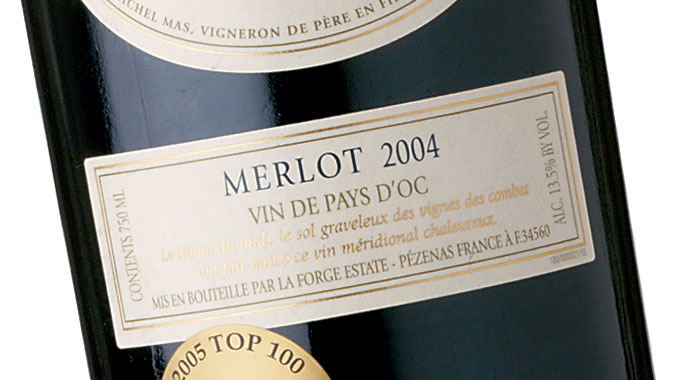
Pronounce it: mer-low
The crowd pleaser
Merlot is the red that has come racing up the popularity stakes. It’s the variety – especially if it’s made in the New World – that you can enjoy without food, so it has won a place in our hearts as one of the choices for a Friday night in front of the TV.
It is very easy to lose sight of the fact that Merlot is a serious ‘noble’ varietal that blossoms when it is fermented and aged in oak barrels. To the ripe berry fruits can be added real complexity from the oak, giving notes of tobacco and cedar, or vanilla and rich coconut.
In Chile, Merlot was long confused with the Carmenère grape and today there are still mixed plantings. Chile specialises in ripe young ready-to-drink merlots.
California has long made ultra-ripe and glossy Merlots – now South Africa and New Zealand are producing serious versions too.
Main characteristics
Colour: red; medium garnet to deeper ruby
Body: medium to full bodied
Tastes: red-fruits, plums and blueberries, often with relatively soft tannins. When aged in oak it acquires cedar (French oak) or vanilla and coconut (American oak) characters
Often blended with: Cabernet Sauvignon, providing ripe fruit and softness, as well as the other Bordeaux varieties Cabernet France and Petit Verdot
Spotter’s guide: France, in Bordeaux on ‘the Right Bank’ it is the predominant grape variety in St Emilion and Pomerol, also Langedoc Roussillon; Spain, Navarra, Penedès; California, Washington, USA; Australia; New Zealand; Chile; South Africa
Keep or drink? Many Merlot are ready to drink; but it has the structure and backbone to cellar for 10 years or more
Be the first to comment on "Merlot"